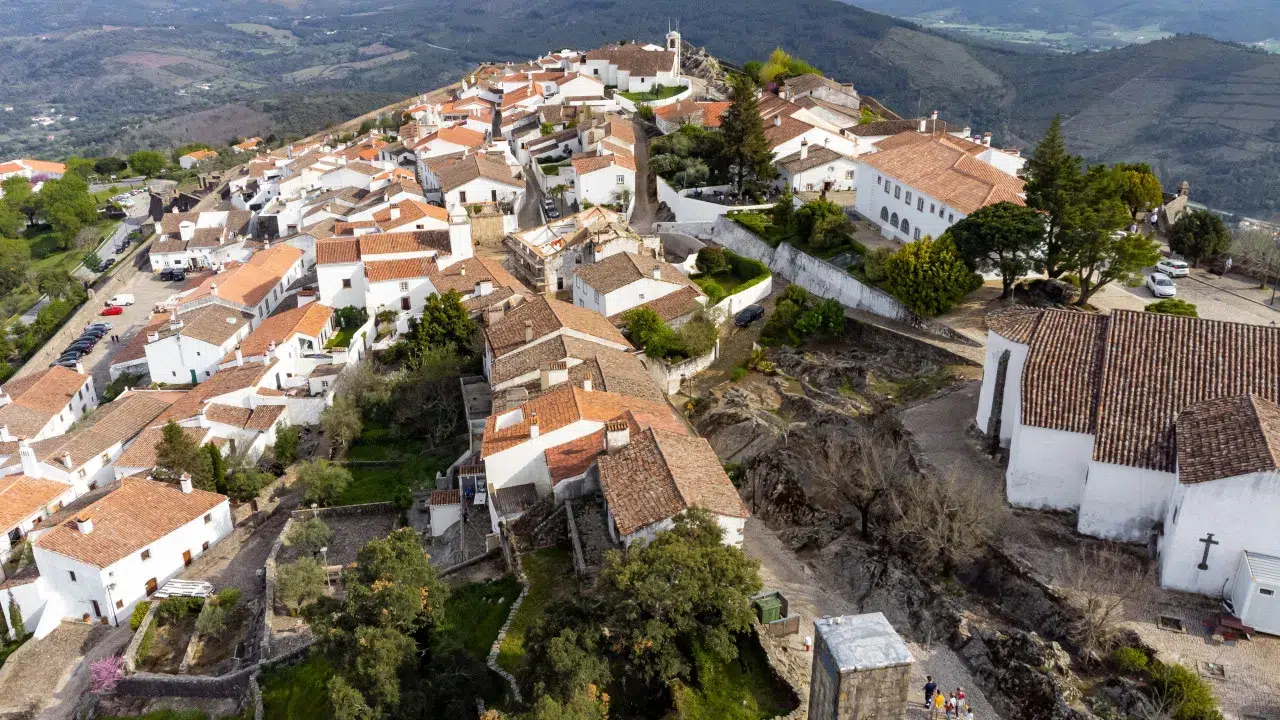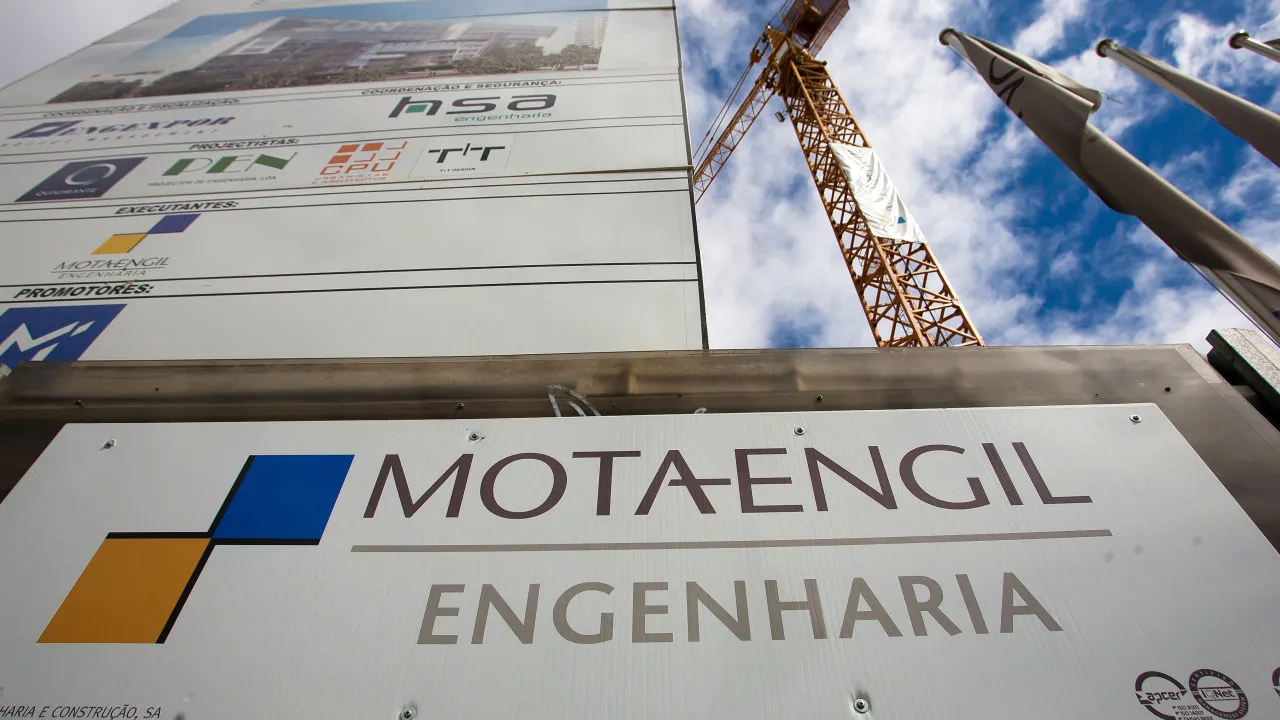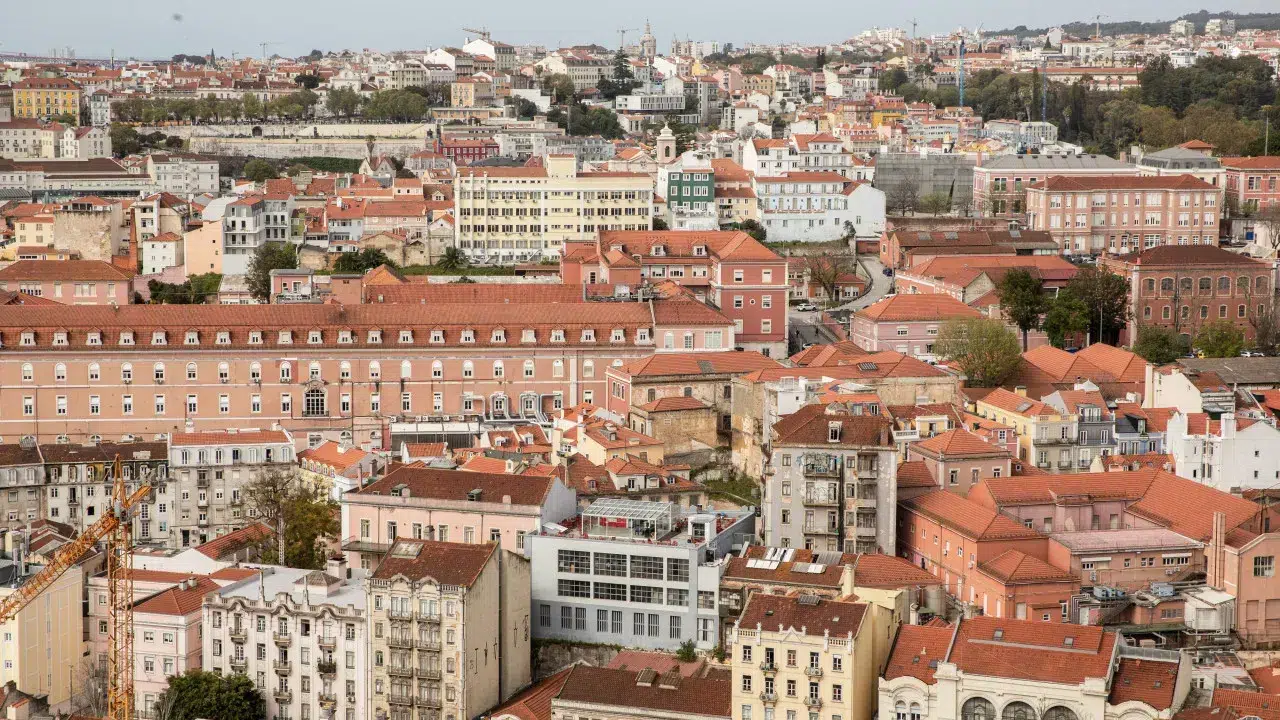
Archaeologist Joaquim Carvalho of the Ammaia Foundation revealed that recent discoveries in the amphitheater area are raising questions among scholars about the site’s occupation. A burial similar to one found in 2024 at the amphitheater’s north gate is contributing to the intrigue surrounding the site.
“We believe that the amphitheater likely survived as a recreational structure until at least the 3rd century, but ongoing excavations are expected to provide new insights,” Carvalho stated.
An archaeological team is defining the surrounding area and one of the amphitheater’s entrances, with the project involving archaeology students from the University of Lisbon, along with participants from Spain and Brazil.
Carvalho anticipates that the excavation, which will pause at the end of the week before resuming in September, will yield further information on the site and adjust the chronology of the amphitheater.
“The excavation in this area is not yet complete, and more surprises may emerge,” he added.
Artifacts recovered will be analyzed in a laboratory, with many destined for permanent display at the museum within the Ammaia Foundation.
The Roman city of Ammaia, declared a National Monument in 1949, is a significant remnant from its era in northern Alentejo, located within the Serra de São Mamede Natural Park.
The city’s central zone, comprising Quinta do Deão and Tapada da Aramenha, spans approximately 25 hectares.
The ruins were abandoned until late 1994 when systematic archaeological excavations began.
Three years later, the Ammaia City Foundation took charge of the research, excavation, and preservation of what remains of this Roman city.
The site houses a museum and a conservation laboratory intended to preserve the archaeological artifacts. The laboratory serves as a workspace for researchers studying Ammaia’s archaeological materials.




